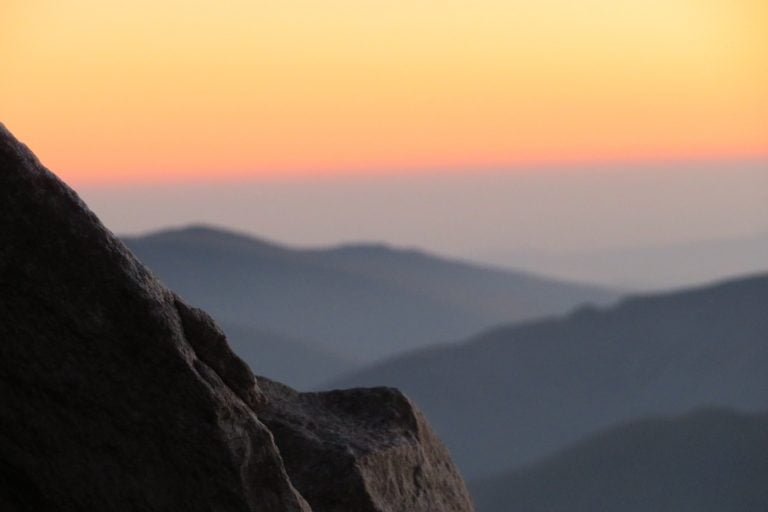What is yoga?
Yoga comes from the Sanskrit word Yuj which means bind or unite. It is a multi-disciplinary practise that incorporates breathing, movement and meditation. There are many different styles to suit a person needs – mentally, physically & spiritually.
I’m not flexible – can I still do yoga?
Absolutely and if you are not flexible then that’s even more reason to be joining a class! There are many levels to the asanas -this ensures it is accessible for all abilities but also challenges students as they progress. I have blocks & straps to support students in reaching what is accessible for their bodies and what they want to achieve.
Is yoga a religion?
No, yoga is an ancient Indian philosophy that provides a framework for spiritual, physical & mental growth. Yoga often overlaps with ideas from Buddhism & Hinduism but it is not essential to study any of these philosophies to practise yoga.
Can yoga help recover from injury?
Yoga can prevent sports injury by increasing muscle flexibility. When training to get stronger, muscles tighten leading to an increased risk of injury.
Yoga can also be a great way to get back into sports after an injury. Yin yoga can offer a more restorative approach with mainly floor-based exercises, depending on the nature of the injury, Yogalates is also a good option as it is low impact and floor-based, less concerned with flexibility with a focus on core strength.
Always inform your teacher if you are recovering from injury – There are lots of different styles & adjustments to try if certain poses aren’t accessible.
What does Vinyasa mean?
Vinyasa is a style of yoga born from the Ashtanga lineage. It is taught as a moving meditation, rather than focussing on breathing and then getting into a posture, in Vinyasa we try to keep the deep breathing & correct alignment consistent throughout all movement.
What is Ashtanga Yoga?
Ashtanga Vinyasa Yoga is a style of yoga as exercise popularised by K. Pattabhi Jois during the 20th century, often promoted as a modern-day form of classical Indian yoga.[1] He claimed to have learnt the system from his teacher, Tirumalai Krishnamacharya. The style is energetic, synchronising breath with movements. The individual poses (asanas) are linked by flowing movements (vinyasas).[2]
The Ashtanga Primary Series follows the same sequence and series of poses in a precise order, and can be physically demanding! It is a great class for weight loss and gaining flexibility and strength. Due to the set sequence. levels are given to adjust and extend each pose. It requires a general level of fitness without injuries. In our Ashtanga classes, we do a modified version of the primary series as the full primary series last around 90mins.
What is Yogalates?
Joseph Pilates believed that the core was the place that energy and movement came from and was controlled from so the core is the main focus of pilates exercises. In Yogalates we work through Pilates mat exercises designed to strengthen the core while also working the whole body (especially legs, bums and arms) intertwined with flows to stretch and increase flexibility. Ending with mindfulness relaxation.
Do I need to bring any equipment?
Yes please take a look at the following. Let me know if you need a mat bringing when you book. Wear sportswear or loose-fitting comfortable clothes.
- A mat (if you have one)
- A bottle of water
- Something warm for savasana (blankets, pashmina or a big jumper)
Can I eat before a yoga class?
With lots of folding, twisting & stretching – it’s best not to eat any heavy meals at least 3-4 hours before class. if you get hungry or are prone to fainting – try a light snack of fruit, nuts & yoghurt or a rice cake with your fave topping.







